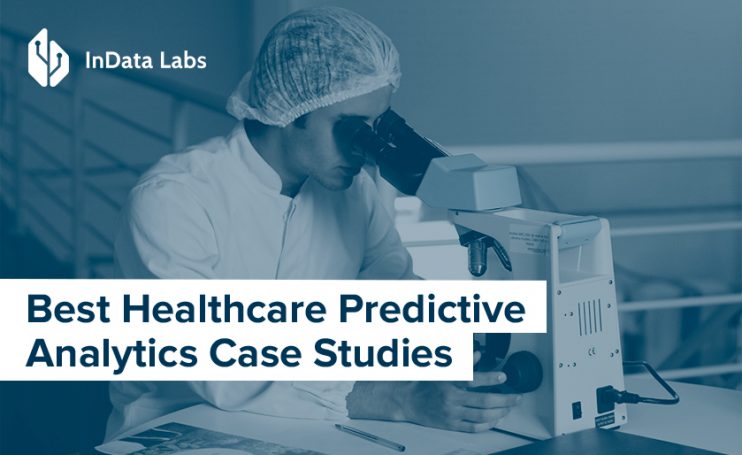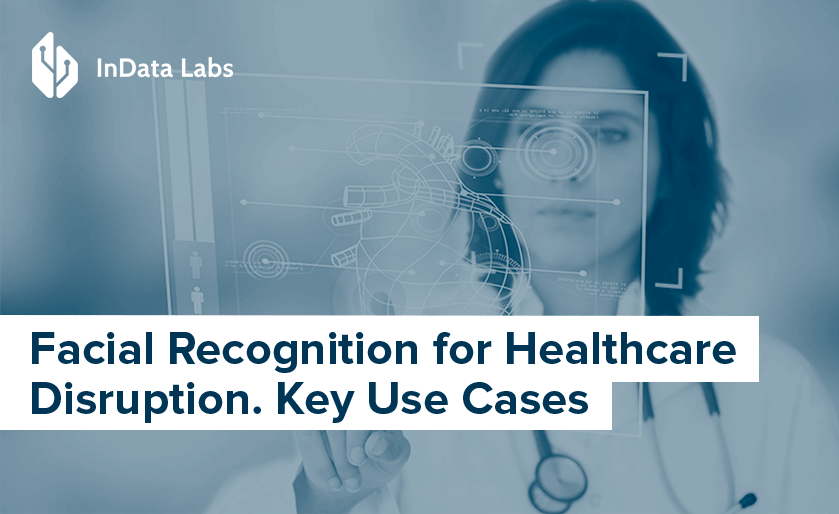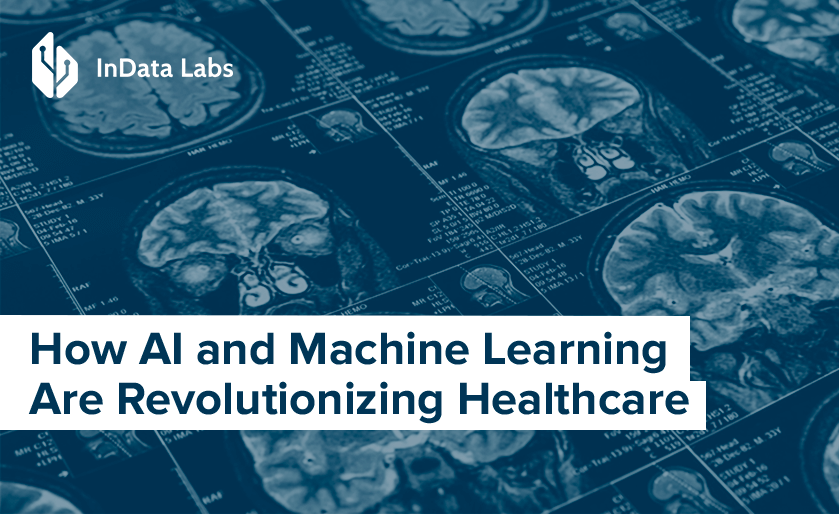Predictive analytics has been a goldmine for healthcare professionals for quite some time. With healthcare organizations starting to understand the importance of the technology, it’s not surprising that it’s making such a stir. Allied Market Research states that Predictive analytics in the healthcare market gained $2.20 billion in 2018 and is expected to reach $8.46 billion by 2025. Share on X In the upcoming years, we’ll be witnessing its mass adoption.
Predictive Analytics in Healthcare: Examples
Whoever said that prevention is better than cure was right. And prediction is even better than prevention. Since we live in a tech world, why not use science and technology for the good? In particular, for the healthcare industry? Read a little further to find out how technology [predictive analytics specifically] is disrupting healthcare, and what are the major predictive analytics success stories.
Chronic Disease Scoring
Today, the competition in the healthcare industry is fierce. The better service you provide, the more clients you get. And by providing better service we imply ‘patient-centric care, excellent clinical experience and tech advancements in place’. Those healthcare organizations that implement AI are favoured to win the race.
One of the examples of predictive analytics in the healthcare business is chronic disease monitoring and scoring. Using predictive analytics for disease prediction promises faster decisions and better patient outcomes. The American Autoimmune Related Diseases Association states that autoimmune diseases have been rising in the USA for quite some time. They grip about 50 million Americans, which makes 20 percent of the world’s population. The annual healthcare spending is up to $100 billion. Pricey, it is. But these spending can be addressed with the technology. Mining datasets and creating disease scoring models can provide insights on disease predisposition. Back to autoimmune diseases, IQuity’s technology uses ML to analyze RNA patterns (Ribonucleic acid) in blood samples. Then it compares it with patterns of autoimmune disease. This innovation helps spot the kind of disease at an early stage. Also, they offer monitoring the patient’s response to treatment. All of that provides patients with custom care and helps reduce healthcare spending.

Source: Unsplash
Recognizing Early Signs of Patient Deterioration
Even if the patient is responding to treatment well, there might be a sudden downturn. Sepsis, asthma or an infection might cause irresistible damage. Analytics-based tech solutions might be the answer. Machine learning in healthcare enables fast change detection in patient’s vital signs. It helps spot upcoming deterioration and provide treatment. Huntsville Hospital in Alabama implemented clinical decision support systems (CDS) coupled with analytics tools for sepsis detection. The real-time disease signs monitoring allowed for early sepsis instances identification, which resulted in mortality reduction. This predictive analytics case study has been a success because of a technology approach at Huntsville hospital.
The study results in a glance:
- sepsis mortality went down by 53%
- 30-day admission decreased from 19% to 13%
Reducing Hospital Readmission Rates
Medicare’s Hospital Readmissions Reduction program fines those hospitals that can’t prevent unplanned readmissions to the inpatient care units.
The reasons for readmission vary. Have a look at the chart to understand 30-day readmission rates in the U.S. hospitals:
Source: ahrq.gov
According to a 2019 study, the readmission rate in persons with dementia was higher, ranging from 7% to 35%. The reasons behind this vary, from sociodemographic factors and health status to care. The study revealed readmissions are preventable, if deterioration factors are detected early. Home-based care, check-ups, medication and analytics-based solutions for health monitoring help people with dementia stay healthy as long as possible.
The innovation can be the right tool to maintain care coordination strategies. It can monitor the patient’s vital signs and inform the healthcare providers about the likelihood of a 30-day readmission window. This predictive analytics case study highlights the fact that analytics-enabled solutions are effective. Relying on them, doctors can spot patients who are highly likely to readmit. So, they can reduce the number of readmissions or focus on the follow-up resources.
Making the Tech a Routine Part for the Elderly
Another healthcare predictive analytics use case in 2020 is monitoring the elderly at home. Elders often have complex conditions, so they have a risk of getting complications. Skin breakdown, bone fractures, high blood pressure and strokes – these are a few of complications. Preventative measures vary from caregivers to data-driven wearables. The latter collect health data and capture a change in vital signs before it causes adverse effects. Benjamin Franklin once said that an ounce of prevention is worth a pound of cure. That is true. It’s better to go for a tech solution developed by a top machine learning consulting company than experiencing readmission, covering transportation costs, care and rehabilitation.

Source: Shutterstock
Medical Home Network has been using artificial intelligence (AI) for COVID-19 case management. With the help of AI, they could identify patients with respiratory problems, predicting that they might be at risk during the pandemic. Predicting the outcomes, they advise at-risk patients to stay at home and understand the resources needed to follow the number of admitting patients.
Keeping Medical Data Safe
Analytics-enabled solutions collect and monitor health data in real time. If there’s anomalous data, they give a warning to the healthcare organization. To avoid data leakage and fraud, one can rely on anomaly detection.
Why get rid of the old good manual fraud detection? Because it is time-consuming, tiresome, and it fails. Adopting AI and ML into medical systems is the new thing. It not only automates fraud detection but gives additional layers of security to clinical data.
Summing Up
Little did we know that AI and predictive analytics in healthcare would be so normal. There are many examples and that’s just the beginning. And that’s just a beginning. The technology has the potential to automate clinical processes, improve data safety, and better patient outcomes via disease prediction. In the next coming years, we’ll be seeing mass adoption of AI as well as predictive analytics, specifically.
Let’s Build Bespoke Healthcare IT Solutions Together!
Have a business challenge? Contact our experts at info@indatalabs.com and get a consultation.


